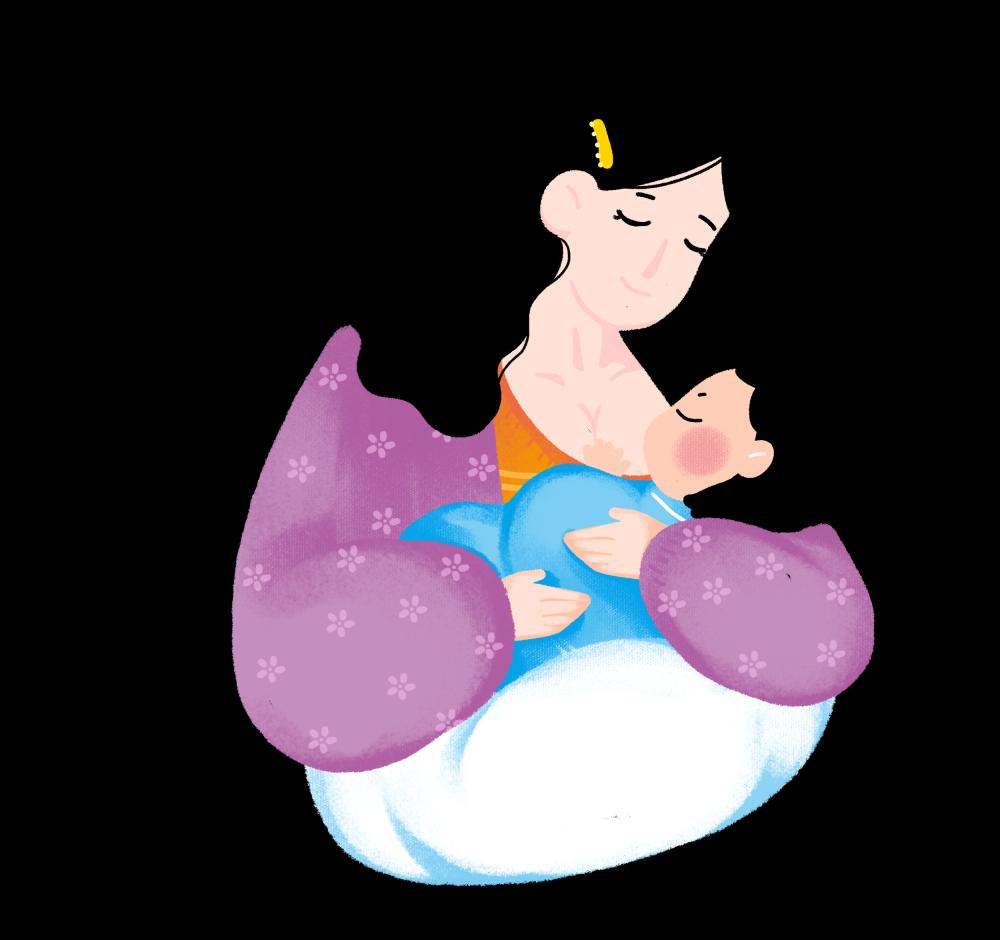Many mothers always think that everything will be fine when their child is born, but they have not been happy for long, but they did not expect that there is a kind of torture waiting during lactation, that is, mastitis.
Mastitis is actually a common inflammation of breast tissue, mostly caused by milk stasis.
It is mainly manifested by local redness and fever in the breast, pain on the touch, body temperature of more than 38.5 °C, and symptoms such as trembling, flu-like soreness and general malaise.

In general, if there is a fever with local symptoms of the breast, mastitis is mainly considered. However, women occasionally have no symptoms of breast, but sudden cold-like symptoms such as headache, fever or muscle soreness may also be caused by mastitis.
Does mastitis affect breastfeeding?
Moms don't have to worry too much about mastitis affecting their baby's rations, because breast milk itself is not infectious, so breastfeeding during mastitis will not hurt the child. You know, our breasts are not a simple milk reservoir, and milk is not pre-produced in the body and then stored in the breast.
Female lactation is actually a dynamic production and storage process, most of the milk is secreted during the feeding process, plus milk and blood are dynamically balanced, so regardless of whether the mother has mastitis, milk in the human body will not deteriorate and rot.
One of the most effective ways to relieve mastitis is through frequent in-person feeding, manual milking, or pumping with a breast pump, as this allows the milk to be removed more fully.
However, breastfeeding during mastitis still requires some problems:
Massage in circular motions
Moms can gently massage the breast in a gentle circular motion in the direction where the lump connects to the nipple. It is also a very effective method to promote the excretion of milk.
However, it should be noted that if a very obvious red mass has appeared in the local part of the breast, do not apply hot compresses or squeezes, not only can not play a role, but may aggravate the damage to the breast duct, easy to cause inflammation to spread.
Apply warm compresses before breastfeeding
You can apply a warm towel at the right temperature to the breast, and then apply it hot for about 15 to 20 minutes, or you can simply take a hot bath, which helps to promote blood circulation, expand the breast ducts, and make the milk discharge more smooth.
Let your baby suck more while breastfeeding
Every time you breastfeed, let the baby start feeding from the sick side breast, or try to let the baby suck from multiple angles and change the breastfeeding position to make the milk drain more thoroughly.
Apply cold compresses after breastfeeding
After breastfeeding, if you still feel uncomfortable in your breasts, you can wrap the ice cubes with a towel and apply cold compresses to the most obvious pain or lumps to help cool the breasts and reduce swelling and pain.
It should be noted that when applying cold compresses, avoid the nipple areola area to prevent the arrival of the milk array. You also can't put ice cubes directly on your breasts, beware of low temperature frostbite.
Medication is taken under the guidance of a doctor
The most urgently needed symptoms for Moms to alleviate at the moment are fever and breast pain. If the pain is unbearable, you can also go to the hospital or take a lactation-safe painkiller, such as tenorin, under the guidance of a doctor. Feeding during the period will not harm the baby, but also make the mother's body more comfortable.
So, is there any way to prevent the occurrence of mastitis?
The most important thing to prevent mastitis is to promote breast milking and let the mother get enough rest.
Open the milk as soon as possible
If conditions permit, it is best to start trying to breastfeed within 1 hour of your baby's birth. Now many hospitals will also carry the newborn baby to the mother and let the baby try to suck.
Correct breastfeeding posture
Moms should try to teach the baby the correct latch position within a few days after the baby is born: let the baby hold the nipple and most of the areola, which will help the milk to be empty.
Frequent feeding
In general, the frequency of breastfeeding should follow the baby's wishes to breastfeed. As long as the baby shows the intention of wanting to breastfeed, such as crying and sucking fingers, the mothers can feed.
Usually, in the first few weeks of the baby's birth, the stomach is not fully developed, the capacity is relatively small, and each time it eats very little, and it needs to be fed frequently by the mother to meet the energy demand.
At this stage, if the mother feels that the breast is swollen, then even if the baby is sleeping, the baby can wake up to feed.
Get plenty of rest
If conditions permit, it is best for mothers to concentrate only on breastfeeding, and leave chores such as changing diapers and bathing the baby to others in the family.
At the same time, try to adjust your sleep rhythm to be consistent with the baby, the baby will rest quickly when he sleeps, and the baby will grasp the milk when he wakes up.
Do not sleep on your stomach
When sleeping, be sure to pay attention to the posture, try to stay on your back, reduce side sleep, and don't sleep on your stomach. Failure to do so may result in the breasts being squeezed, which can cause them to swell.